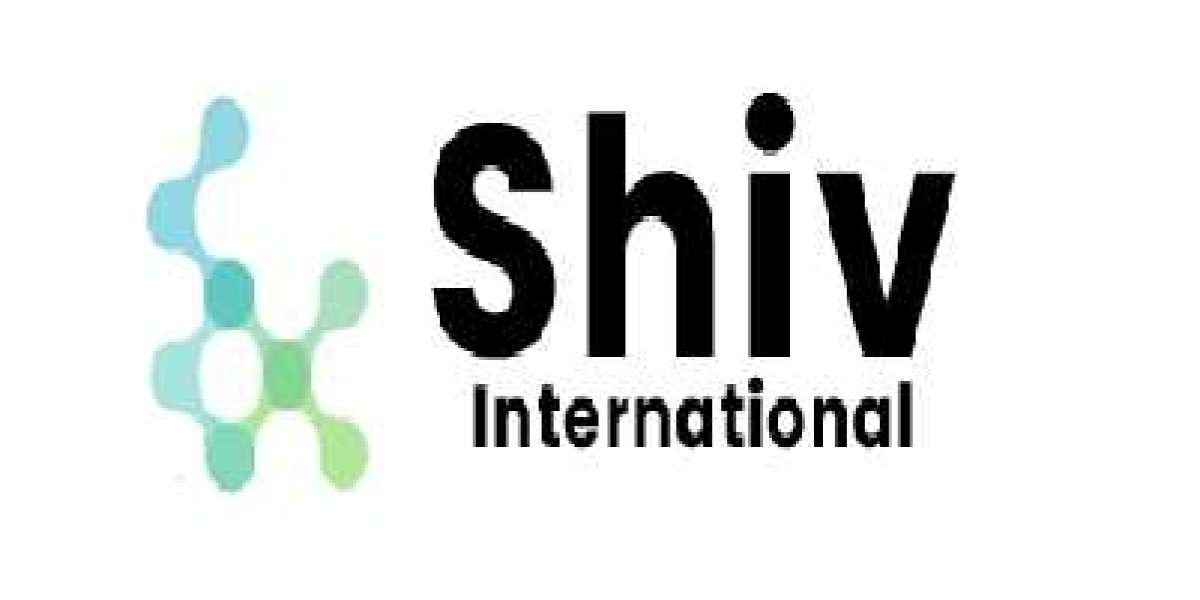The tie layer market, often overlooked but essential, plays a pivotal role in various industries that rely on composite materials. Tie layers are the unsung heroes of adhesion, facilitating the bonding of dissimilar materials within composite structures. These materials act as a bridge, connecting layers that wouldn't naturally adhere to each other, enhancing the overall strength and durability of the final product.
Understanding Tie Layers
In the realm of composite materials, such as laminates and multilayer films, achieving proper adhesion between different layers can be a challenging task. Materials like plastics, metals, and ceramics often have vastly different surface properties and chemical compositions, making it difficult for them to bond effectively. This is where tie layers come into play.Tie layers, also known as adhesion promoters or compatibilizers, are polymer materials that are engineered to have an affinity for both the materials they are bonding. Essentially, they serve as intermediaries, improving the adhesion between dissimilar materials. They are often used in applications like packaging, automotive manufacturing, construction, and even medical devices.
Applications and IndustriesPackaging:
In the world of food packaging, tie layers play a vital role in ensuring that multilayer films adhere correctly. These films often include layers of different materials to provide the necessary barrier properties, printability, and mechanical strength.Without effective tie layers, the different layers might delaminate, compromising the integrity of the packaging.
Automotive: Tie layers are widely used in the automotive industry for creating composite materials that provide the strength and lightweight properties needed in modern vehicles. They help bond different materials like plastics, metals, and composites, contributing to improved fuel efficiency and safety.Construction: In construction, tie layers are used to improve the adhesion between dissimilar materials like PVC and TPO roofing membranes. They enhance the overall durability and weather resistance of roofing systems.
Medical Devices: In the medical field, tie layers are used in various applications, from medical packaging to implantable devices. These layers ensure that different components adhere securely, promoting the longevity and reliability of medical products.
Key Market TrendsSustainability: The tie layer market is increasingly focusing on sustainable solutions. As the world becomes more environmentally conscious, there's a growing demand for tie layers that are eco-friendly and can be recycled or disposed of in an environmentally responsible manner.
Innovation: Continuous research and development are driving innovation in tie layer materials. Manufacturers are working on developing tie layers that can bond materials with even greater disparities in their properties, expanding their applicability.
Customization: Tailored tie layer solutions are becoming more prevalent. Manufacturers are working closely with industries to develop tie layers that meet specific adhesion requirements, such as extreme temperature resistance or enhanced chemical compatibility.
Global Expansion: The tie layer market is expanding globally as industries in emerging economies increasingly recognize the benefits of using tie layers in composite materials. This expansion is driven by the growth of industries such as automotive manufacturing and packaging in these regions.
Challenges and Future OutlookWhile tie layers have greatly improved the performance and versatility of composite materials, they are not without their challenges. One significant challenge is ensuring compatibility with an ever-expanding range of materials used in various industries. Meeting increasingly stringent regulatory requirements related to food safety and environmental concerns is also a persistent challenge for tie layer manufacturers.














